Identity politics looms large for many young Turkish photographers. Not least Cansu Yıldıran, whose work explores her roots in the Kusmer highlands, and her adopted community in Istanbul
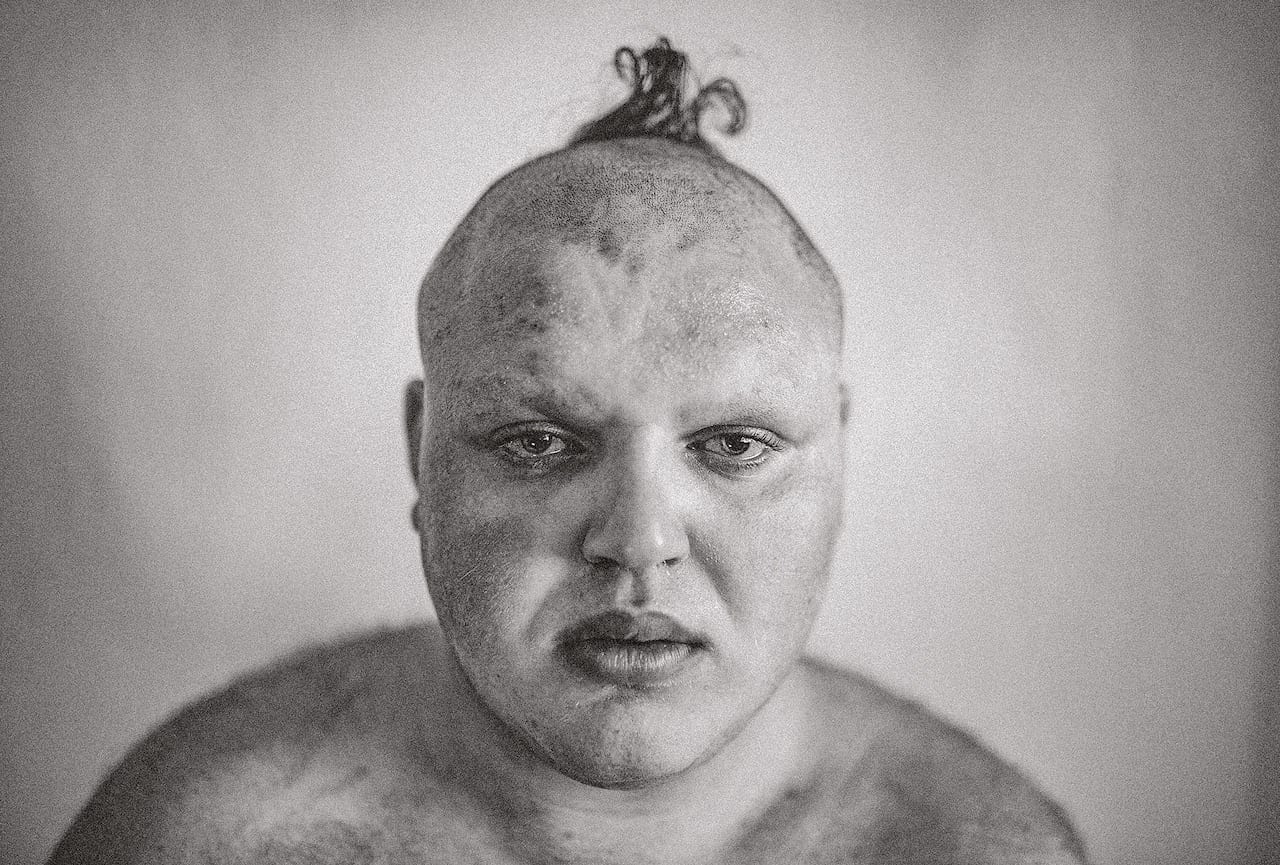

Identity politics looms large for many young Turkish photographers. Not least Cansu Yıldıran, whose work explores her roots in the Kusmer highlands, and her adopted community in Istanbul
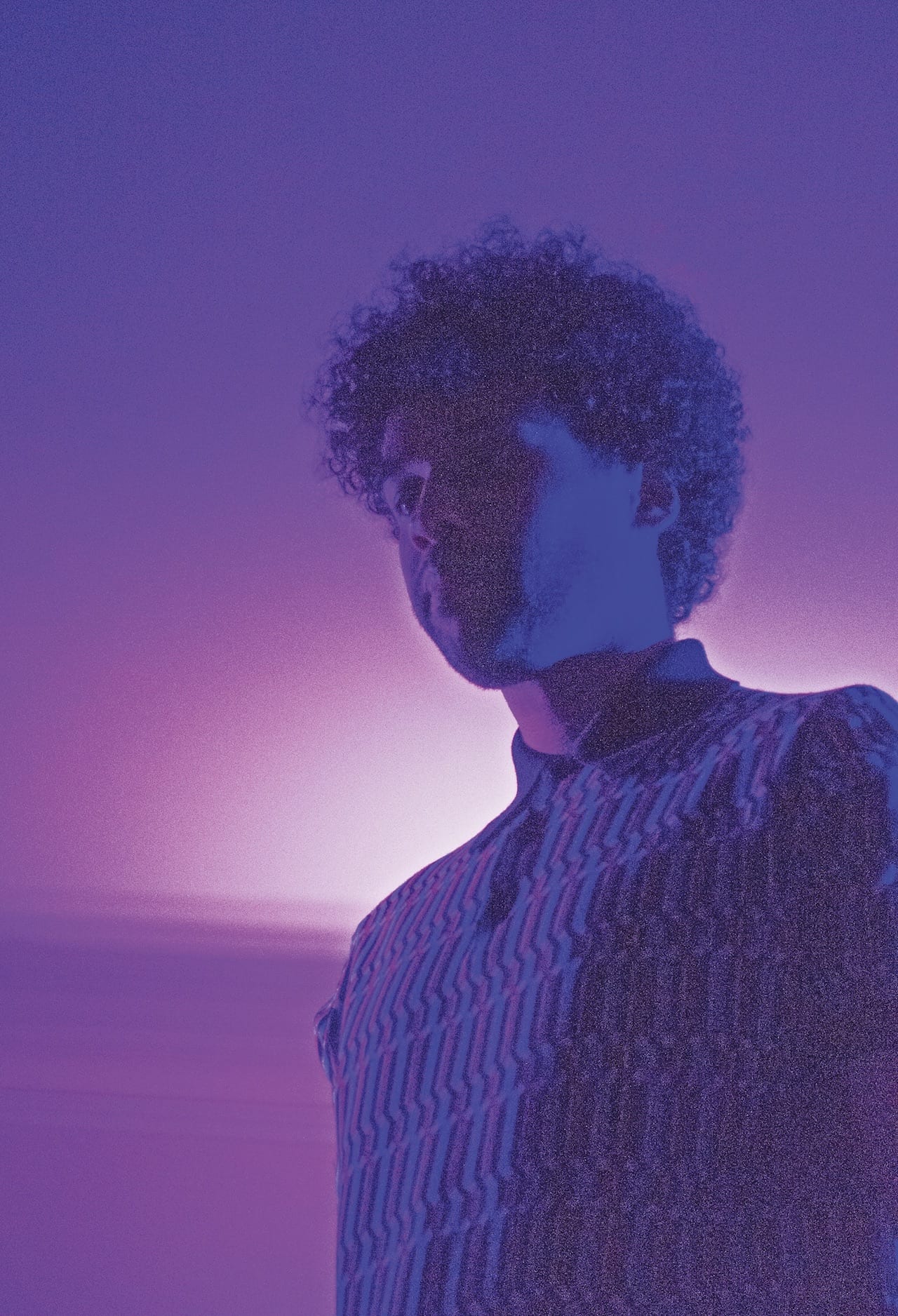
An award-winning writer, photographer, broadcaster, musician, poet and former children’s TV presenter,
Johny Pitts founded the online platform Afropean.com in 2013. Following
the Brexit vote, he set out on a self- funded journey across the continent to write a non-fiction travel narrative, recently published
in book form by Penguin, titled Afropean: Notes from Black Europe
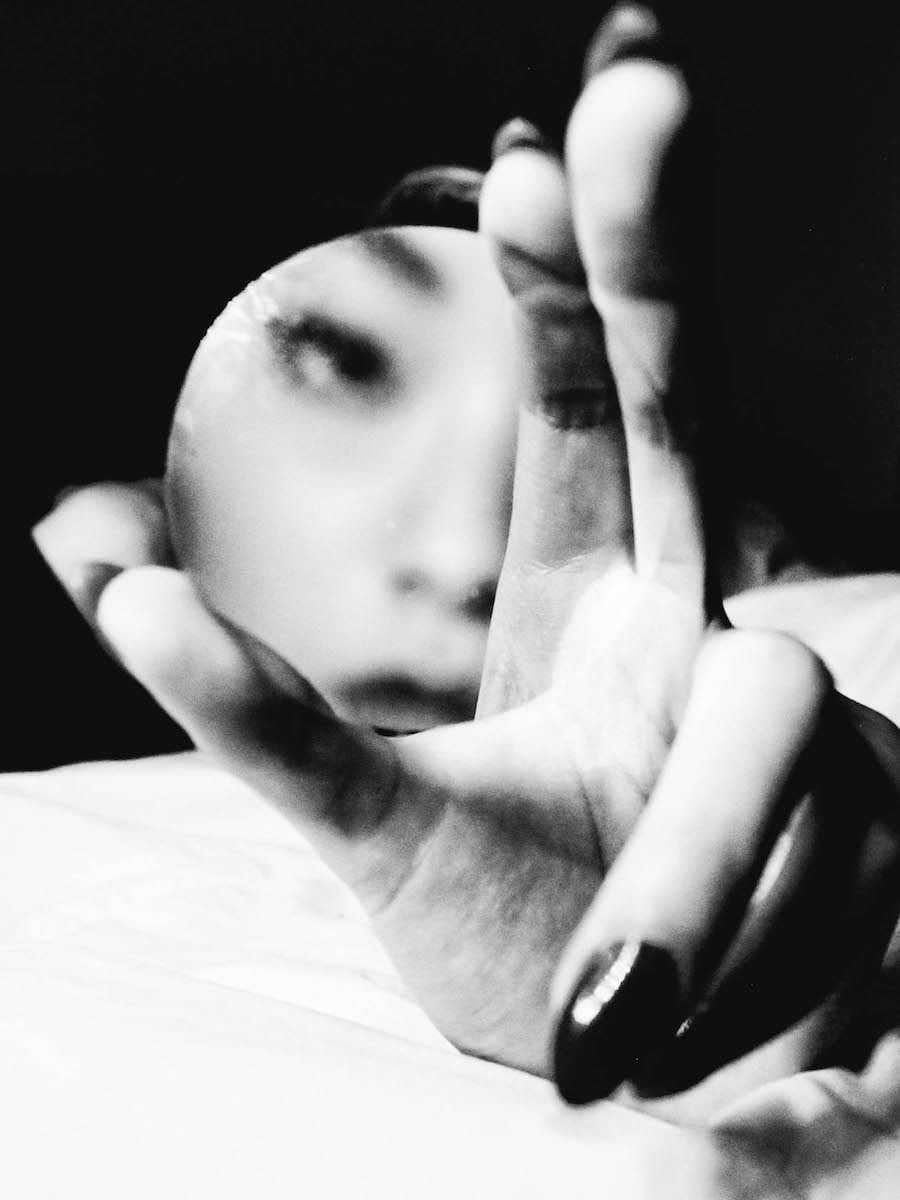
Jack Davison worked on a building site to fund his first project. Six years later and he’s shooting Hollywood stars. As the young talent releases his debut book, Davison looks back on his career so far
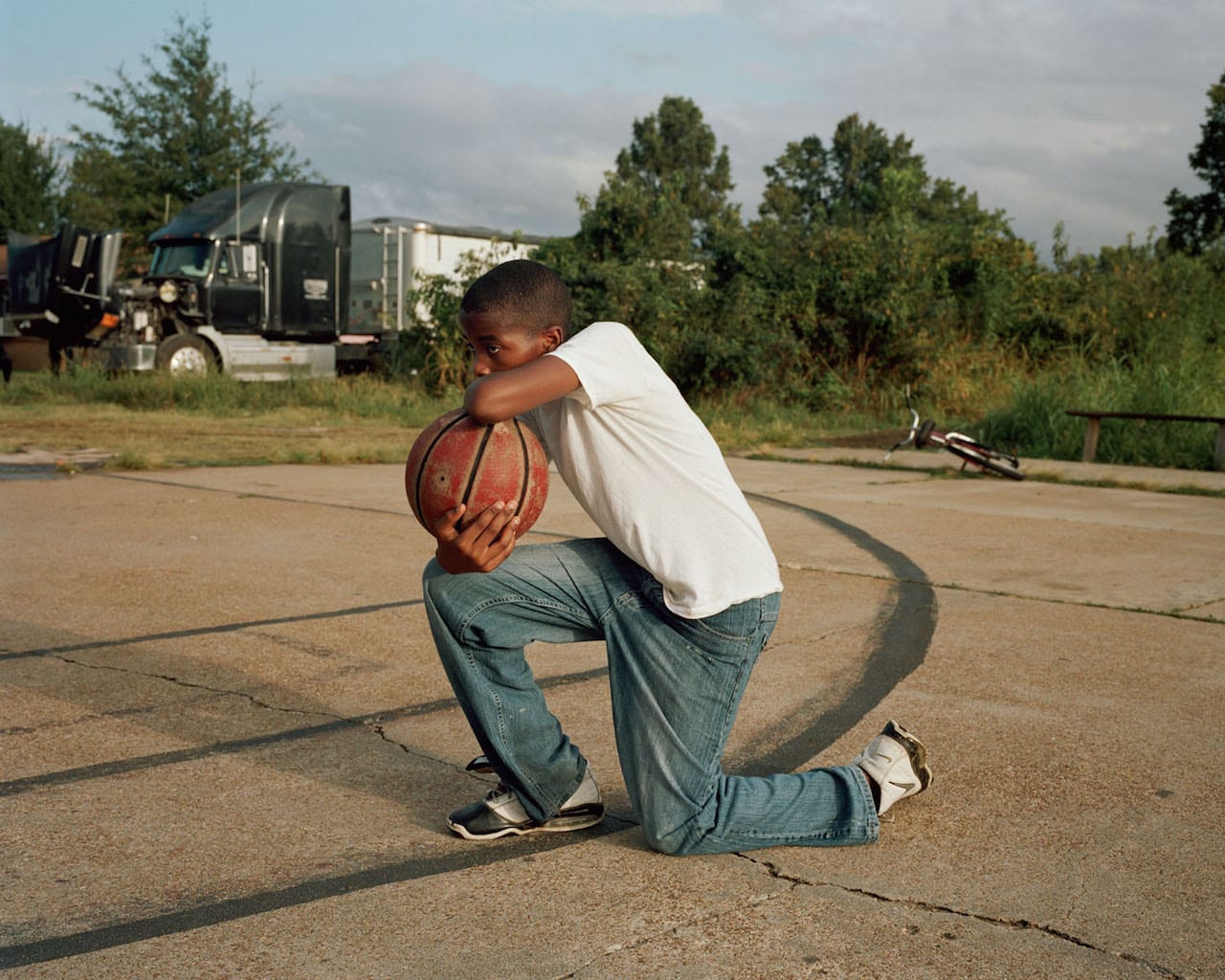
Shane Lavalette’s series about America’s Deep South,
rooted in the region’s rich musical heritage and complex
history, is exhibited in the UK for the first time
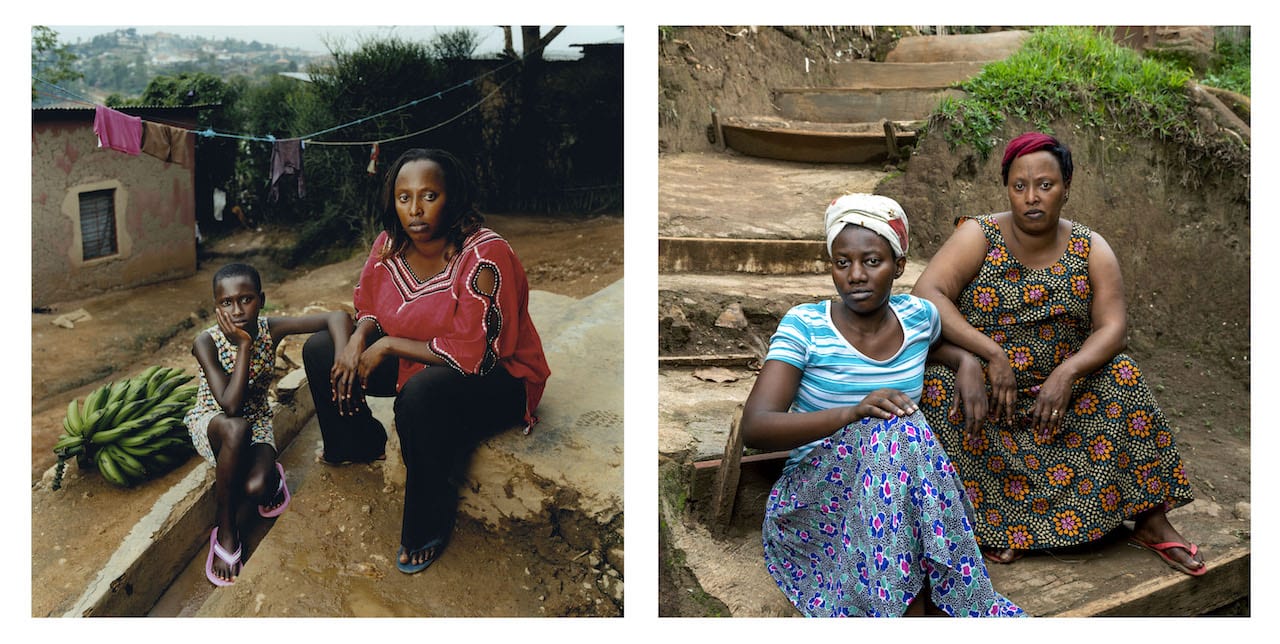
On the 25th anniversary of the Rwandan genocide, Jonathan Torgovnik revisits the mothers, sons and daughters he’d photographed more than a decade earlier – the women victims of rape used as a weapon of war, and the children born as a consequence
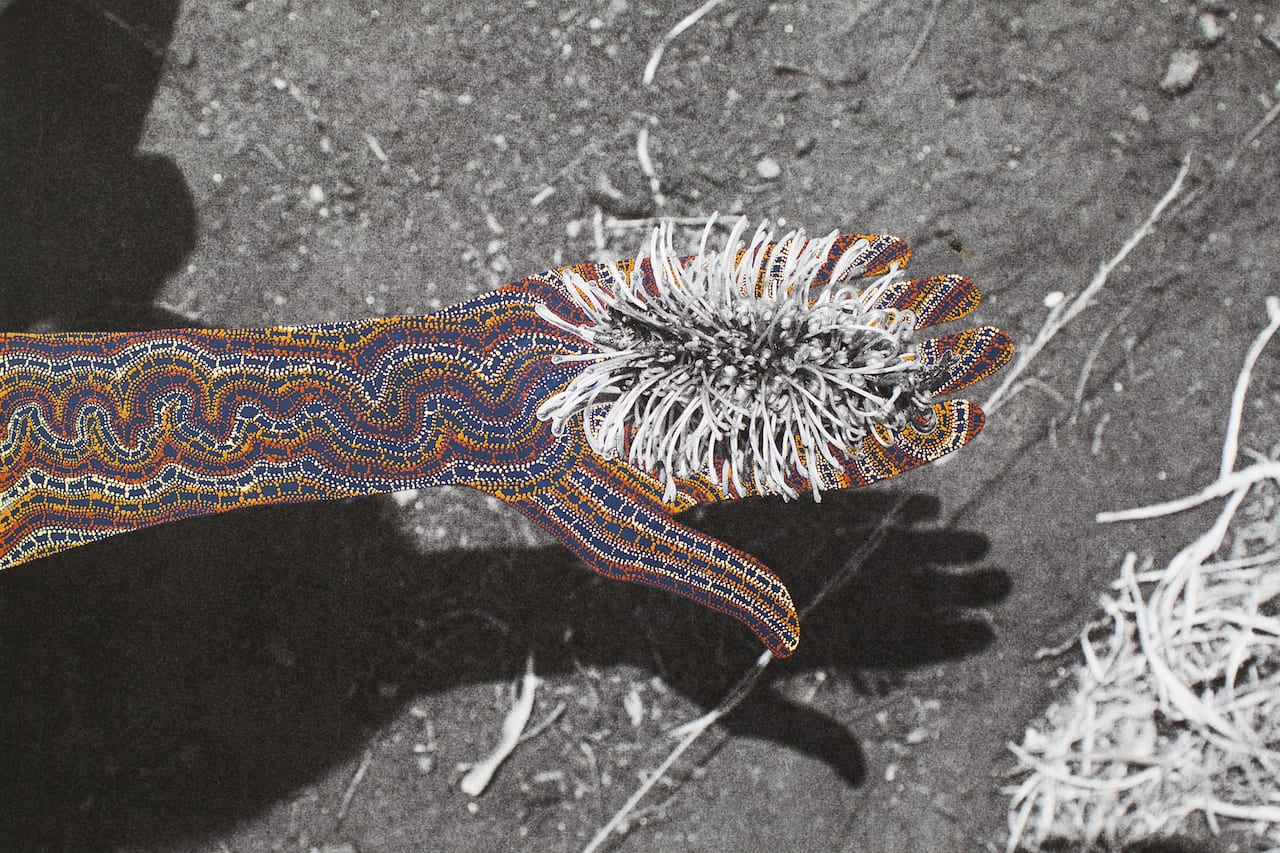
The subtitle of Patrick Waterhouse’s latest work, Restricted Images, is Made with the Warlpiri of Central Australia – and the word ‘with’ is notable. Over repeated trips, the 37-year-old Briton began to collaborate with, photograph and collect the work of Warlpiri artists, basing himself at the Warlukurlangu Artists art centre in the Northern Territory, five hours’ drive from Alice Springs.
“I wanted to create a situation where the people I was working with had an encounter again, a chance to flip the power dynamic,” he tells me over coffee at his new studio in east London. He is surrounded by prints from the series, neatly packaged and ready to travel with him two days later to Australia for the next chapter of a project that started in 2011 when, through his editorship of the iconic Colors magazine, he first visited the art centre. “I wanted to give the people in this community agency over their own representations,” he says.
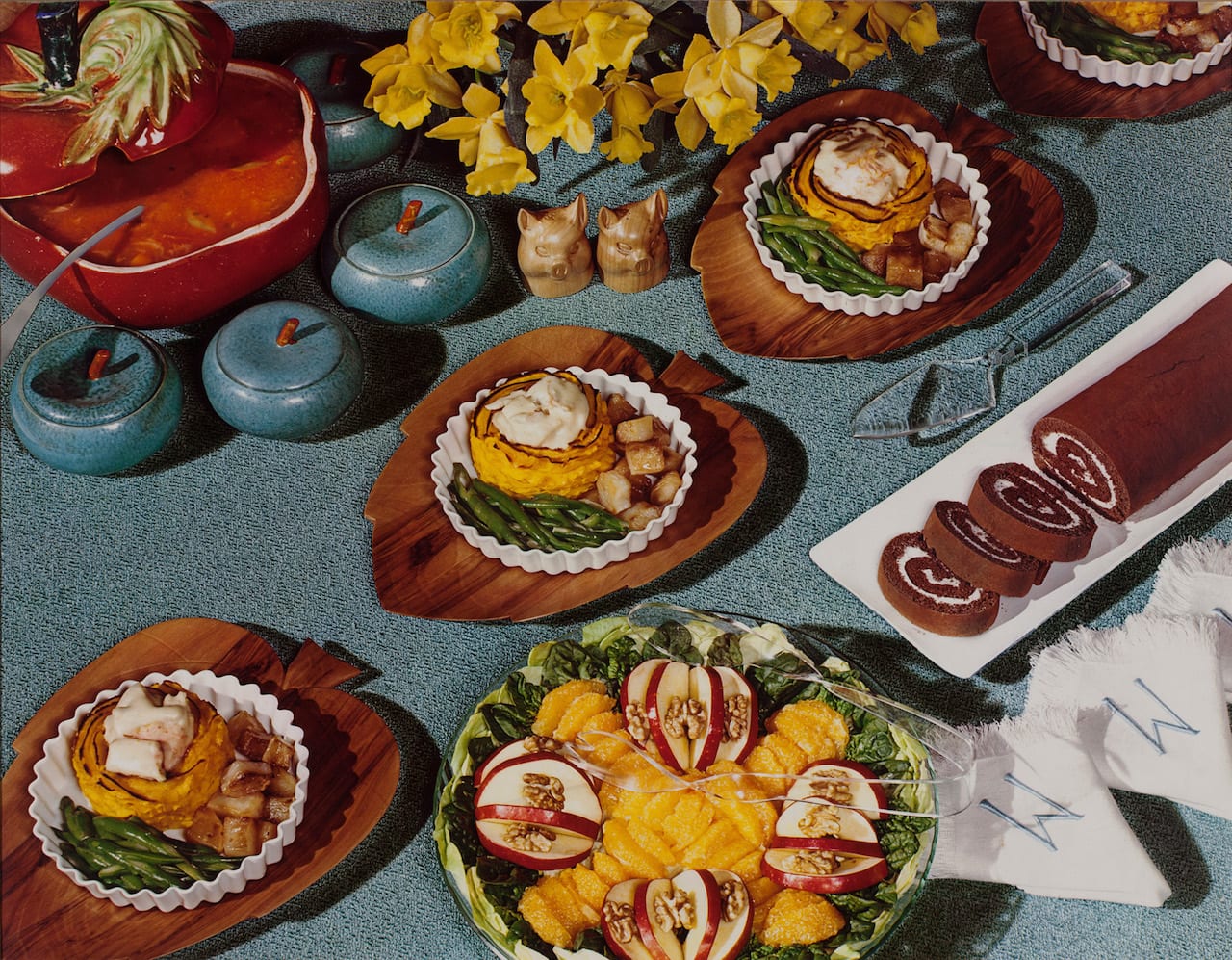
When William Henry Fox Talbot pioneered the salted paper and calotype processes in 1841, he soon turned his new inventions to food, capturing two baskets overflowing with fruit. Creating an image designed to mimic the paintings of the time, and to contrast the colours and textures of the pineapple and peaches, he also made an image rife with welcoming symbolism – the pineapple a sign of hospitality, the peach a sign of fecundity.
“Fox Talbot’s photograph was copying the traditions of painting and its attendant symbolism,” says photography curator and writer Susan Bright. “But it was also concerned with the role of photography, and elevating its status to that of art. In this respect it resonates nicely with artists such as Daniel Gordon, whose work also deals with the medium of photography. But his constructed pineapple has nothing to do with symbolism, or striving to be understood as art. It is art. He is questioning the role of visual perception, what is real and what is not.
“The way food is photographed says a tremendous amount about significant aspects of our culture,” Bright continues. “It is often about fantasy, be that national, sexual or historical. Photographs of food are the carrier for so many things – desire, consumption, taste, immigration and feminism, for example. It has been a major part of the development of fine art, editorial, fashion, marketing and product photography throughout the 20th and 21st century.”
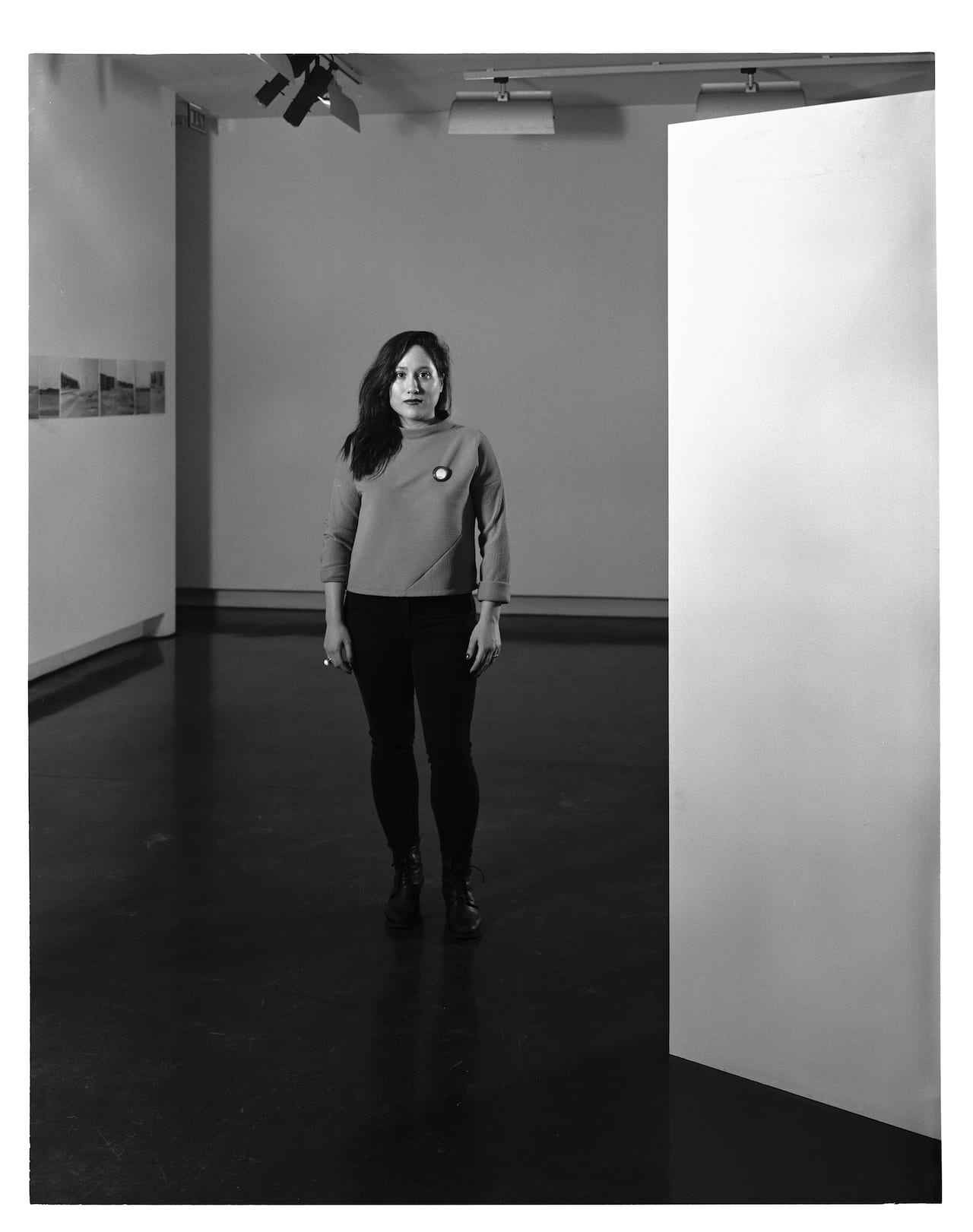
Originally trained as a journalist, Barcelona-born Laia Abril expanded her storytelling methods after studying at New York’s ICP. She is best-known for the first chapter of her long-term project A History of Misogyny, On Abortion, which recently won the Paris Photo-Aperture Foundation PhotoBook of the Year Award and has been shortlisted for the 2019 Deutsche Börse Photography Foundation Prize

Multiple jigsaws, almost completed, are laid out in the living room. On the sideboard, porcelain creatures jostle for space with family photos – a marriage scene, a smiling elderly couple, kids in the park. Dolls are piled high on a chair in the corner, arranged in a chaotic arc. White masks, like those from the Venice Carnival, are positioned across one wall. The wallpaper is a scene from a seaside town – spinning Ferris wheels, winding rollercoasters, fairground murals – yet the paper itself is pockmarked with holes and stains.
Richard Billingham, who grew up in this environment, describes the room as “carnivalesque”. When he lived here, in Cradley Heath in the West Midlands, he did so with his mother Liz and, after she moved out, his father Ray. This jam of decorative stuff was all Liz. She had winding, flowering roots and flowers tattooed across her arms. She wore floral dresses and she smoked until the ashtrays overflowed.
When Billingham was 10 years old, Ray was laid off from a job as a machinist. The family sold their home for two grand – a cash-in- hand job to a local conman – and moved here, to what was quaintly referred to as public housing. Ray, who until this point only drank in the pub, began his life as a committed alcoholic and a full-time hermit.